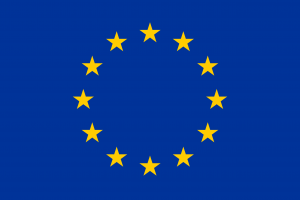Improving availability and access to cleaned banana planting materials through improved tissue culture banana plantlets production in Malawi

One of the traditional ways of managing the disease is to dig out all the infected mats and starve the banana aphids which act as vector of BBTV for three months and thereafter plant new diseased free banana suckers. However, the rate of sucker multiplication through this method is low, hence, the kulima programme needed an innovative method that can rapidly produce large number of diseased free suckers that are required by farming communities. Consequently, the use of tissue culture technology was adopted as the fastest way to produce large clean planting materials within a short period of time.
In spite of the project’s interventions in providing tissue culture facilities and training, the tissue culture laboratory in Bvumbwe for over 6 years could not successfully produce a single banana tissue culture plantlet.
In 2020, Mr. Johnny Massawa, a PhD student from the Department of Agricultural Research and Services (DARS) was enrolled at Gembloux Agro Bio Tech campus of the University of Liege under the EU funded DeSIRA programme to carry out studies on the presence and prevalence of banana viruses in Malawi and development of smart climate change studies within which characterization of banana germplasm and viruses are part of the studies.
Knowing that banana tissue culture was a problem in Malawi, ‘I acquired training on banana tissues culture technique’ says Mr MASANGWA. The training covered all aspects of tissue culture technology such as media preparation, initiation, and multiplication.
On arriving in Malawi in 2021, ‘I interacted with the tissue culture staff at DARS – Bvumbwe Research Station to understand the reasons why banana tissue culture has been failing in that lab’. Through his interaction the 4 DARS technicians were then trained on media preparation and best techniques of banana tissue culture.
Four months after the training, the problem that had been affecting the tissue culture lab for the past 6 years was addressed. ‘The first bunch of tissue cultured banana plantlets are expected to move out of the lab to greenhouses soon and then distributed to the farming communities says by visibly excited Mr. Johnny. The trained staff will also maintain and multiply 38 Malawi’s local banana germplasm which will be distributed to farmers in order for them to continue enjoying their preferred local varieties and also used in the development of smart climate change studies to be executed in Malawi.





